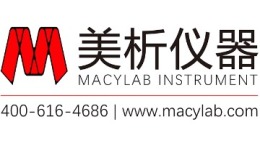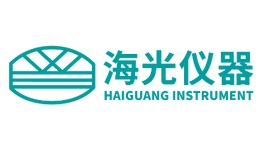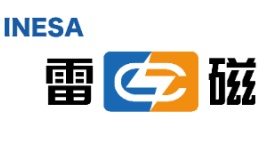方案详情文
智能文字提取功能测试中
analytikjena Fields of Application / Industry: Chemistry / Polymer Industry Clinical Chemistry / Medicine /Hygiene/ Health Care Electronics Semi-Conductor Technology Energy Environment / Water / Waste Geology / Mining Food / Agriculture Metallurgy / Galvanization Refineries / Petrochemistry Pharmacv Cosmetics Material Analysis Others Electrochemical Detection for TN, Determination-the Alternative andInexpensive Technique for Conventional Use of ChemiluminescenceDetection Authors: Dr. Ulrich Kathe, IDC Gerateentwicklungsgesellschaft mbH, Langewiesen Dr. Karl-Heinz Jahr, Analytik Jena AG, Konrad-Zuse-Str.1, 07745 Jena Applications for electrochemical gas detectors have included air monitoring and screening tasks forsome time now. Surprisingly, NO detectors have already proven themselves so sophisticated in their precision,accuracy, sensitivity, cross-sensitivity, response properties and long-term stability that they arealso suitable for use in TN analytical instruments. Introduction TNp - total bound nitrogen - is becoming increasing important as a new sum parameter as it isextremely useful both economically and ecologically (1). This is also reflected in industry standards(DIN 38409 H27 and EN V 12260:1996), as well as in waste water legislation(2). Consequently,great interest in and a growing demand for TNb analyzers is evident. There is also the obvious wishfor inexpensive instruments working simultaneously if at all possible to determine TOC/TN. Today TN, is mostly determined by thermocatalytic digestion with subsequent chemiluminescencedetection. This method is the only one to have been accepted in DIN EN V 12260:1996 and is thereference technique. Only in the informative Annex A of this industry standard are other techniques of determiningbound nitrogen mentioned,which, according to our experience of the technical demands, detectionlimits, measuring range, cross-sensitivities and matrix dependence, do not always meet therequirements for the particular analytical task. The industry standard technique, basedon oxidation with subsequent chemiluminescencedetection, is very much more universal. However, the considerable technical complexity and the associated costs of this detectiontechnology are not to be underestimated. This not only entails the pure investment, but also themaintenance requirement. The ozone generation required for the technique and the elimination ofthe excess ozone viewed from the occupation safety and health protection perspective is alsoworthy of mention. A solution is called for here to address both the breadth of demands placed on TN, determinationand also to reduce the complexity required for chemiluminescence detection. ( E lectroch e mical Detection f o r TN, D e te r minat i o n - th e A l ternat iv e and I n expen s ive Te c hn i que fo r C onve nt io na l U s e o f Ch e milumi n escence Detection Refer e nce: Li t SP T N 01 0 0 e| K at he /Jahr ) Electrochemical detection Electrochemical detection for nitrogen determination offers a technique that comes very close toovercoming the challenges described. This technique has already been accepted by the ASTM asthe analytical basis inn the standard method for determining nitrogenn inliquid aromatichydrocarbons (3). The technique of electrochemical nitrogen detection is outstandingly suitable for the analysis ofnitrogen compounds in water samples combined with thermal digestion in an oxygen atmospherein accordance with an industrial standard (2). Analogous to chemiluminescence detection, thenitrogen oxidess createld during thisreaction ma be determinedl electrochemically inachemodetector following NO2 NO conversion. Figure 1 shows an NO chemodetector of this type. Here a constant potential is applied betweenthe measurement and the working electrode. Only when NO penetrates a highly selective gasdiffusion barrier into the electrolyte solution does an electrical current flow. This is proportional overa wide range to the NO concentration of the gas passing through the flow-through chamber of thedetector. The following main reactions take place in the cell: Measurement electrode NO+2H20→ HNO3+3H*+3e Equilibrium 4HNO3=4NO2+O2 +2H2O Working electrode O2+4 H*+4e→2H20 Practical results Comparing the measurement data obtained with electrochemical detection with those fromchemiluminescence detection shows the equal status of the two techniques (Tab.1). Theunderlying analyses are strictly oriented towards EN V 12260:1996. All statements concerningapplications, determination limits, reagents, equipment (apart from detection), sampling andsample pretreatment, execution, calibration, control measurements, evaluation, etc. were adaptedfor the novel electrochemical detection technique. The measurements were performed with a "multiN" nitrogen analyzer, whereby NO was measured in a modified construction with CLD and thechemodetector in parallel, and both curves were evaluated. Sample materials used: Actual sample: Water from a stream in Langewiesen, Germany, 15 days after slurry fertilization ona neighboring field Enhanced sampless::Ac/tual sample with 5 mg/I TN, from NaNOs Actual sample with 5 mg/I TN, from NaNO2 Actual sample with 5 mg/I TN, from (NH4)2SO4 Actual sample with 5mg/I TN, from nicotinic acid Probe Probennummer1 2345 XquerSD Realprobe NaNOs NaNO2 Realprobe NaNOs NaNO2 (NH4)2SO4 Nicotinsaure [mg/I TNb] [mg/l TNb] [mg/lTNb] [mg/I TN.] [mg/I TNb] [mg/l TNb] [mg/l TN] [mg/l TN] [mg/lTNb] [mg/l TNb] 6,49 11,67 11,83 11,48 11,39 6,47 11,68 11.93 11,47 11,29 6,42 11,61 11,93 11,45 11,42 6.39 11,59 11,85 11,52 1124 6.39 11,57 11,88 11,51 11.36 6.5 11,58 11,84 11,53 11,40 6,49 11,66 11,81 11,58 11.28 6.31 11.76 11.77 11.39 11,30 6,51 11,69 11,89 11,56 11,30 6.53 11,65 11,80 11,45 11,36 6,46 11,64 11,87 11,52 11,35 6,44 11,65 11,84 11,47 11,32 0.05 0.05 0.05 0.05 0.06 0,09 0.07 0.06 006 0.06 Table 1: TNb measurements: Comparison of amperometric chemodetection with chemiluminescence detection The very good comparability of the measuring results obtained and the excellent metrologicalproperties of the chemodetector, Table 2, predestine the chemodetector for use in a cost-effectivealternative technique for TN, determination. This is demonstrated not least by the many years'experience with the numerous multi N/C ChD and micro N/C TOC/TN, analyzers already in routineoperation. ( E lectroch e mical Detection f o r TN, D e te r minat i o n - th e A l ternat iv e and I n expen s ive Te c hn i que fo r C onve nt io na l U s e o f Ch e milumi n escence Detection Refere n ce: Lit S P TN 0 1 00 e | Kat h e/Jahr ) Measuring range 0 -500 ppm(v) NO Resolution 0.1 ppm(v) NO Service life >2 years in daily use Environmental extremely low temperature and moisture sensitivity t influences Cross-sensitivity for NO =100 % CO: not detectable; SO2:n.d.; CO2: n.d.; 02, N2, Ar: n.d.; HCI:<5%;NO2:<10% Table. 2: Properties of the chemodetector Summary The electrochemical detection technique, already ASTM approved as the standard method fordetermining total nitrogen in mineral oil products, is also outstandingly suitable for use in TN,determination of aqueous samples. This is demonstrated by the data presented here and throughmany years of routine use of the relevant instruments. Electrochemical detection thereforerepresents an evenly matched and inexpensive alternative to chemiluminescence detection for TN,determination. Literature (1) B.Mehlhorn. Gesamter qebundener Stickstoff TNb-ein neuer wichtigerSummenparameter, UTA 5/96 ( (2) G. Braun, H.-D. Stock, K Furtmann, Verbesserung d er E inleiteruberwachung durch dieEinfuhrung der MessgroBen TOC, TNb, und Pges.ICP, Forschungsbericht 296-22-322 (1999) des Umweltforschungsplans ( desBundesministersf fur Umwelt.NaturschutzZ und Reaktorsicherheit ) ( (3) Standard Test M ethod f o r Total Trace N i trogen a n d its Derivatives i n Liquid AromaticHydrocarbons b y Oxidative C ombustion a n d Electrochemical D e tection. D esignation: D 6366-99 ) Printout and further use permitted with a reference to the source. C 2000 Analytik Jena AG Publisher: Analytik Jena AGKonrad-Zuse-StraBe 1 Telephone +49 (0)3641/77-70 07745 Jena Fax +49 36 4177-92 79 www.analytik-jena.cominfo@analytik-jena.com ( Electro c hemical Det e ction f or TN, D eterminati on - t he Alter n ative a n d I nexpensi v e Techn i que for C onv en tional Use of 5/5 Ch e milum in escence Detection Refe r e n ce: L i t_SP _ T N _0 1_ 00e| K K a a t t h h e e/Jahr ) Electrochemical Detection for TN, Determination- the Alternative and Inexpensive Technique for Conventional Use ofChemiluminescence Detection Reference: Lit _SP_TN_e|KatheKathe/Jahr/
关闭-
1/5
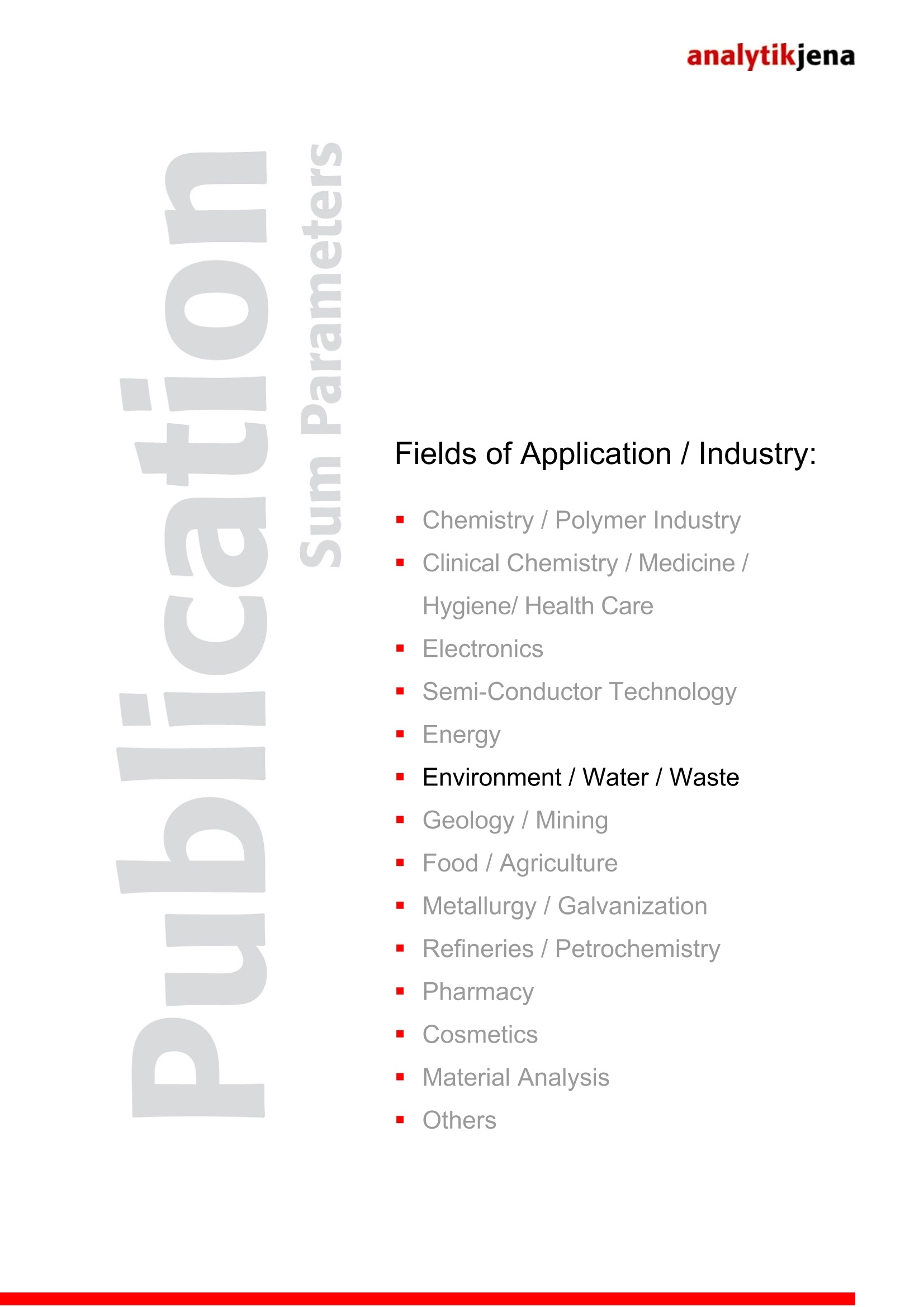
-
2/5

还剩3页未读,是否继续阅读?
继续免费阅读全文产品配置单
耶拿分析仪器(北京)有限公司为您提供《环境水中营养盐检测方案 》,该方案主要用于环境水(除海水)中营养盐检测,参考标准《暂无》,《环境水中营养盐检测方案 》用到的仪器有德国耶拿 multi N/C 3100 TOC总有机碳/总氮分析仪、德国耶拿multi N/C 2100 TOC总有机碳/总氮分析仪、multi N/CPharma HT制药专用干法总有机碳/总氮分析仪。
我要纠错
推荐专场
相关方案


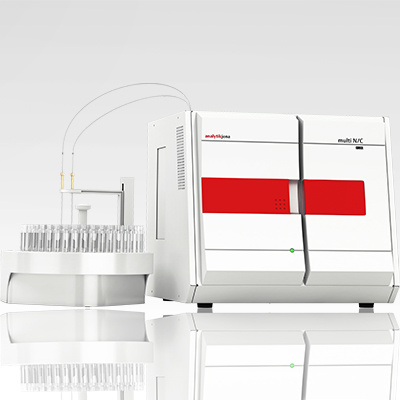

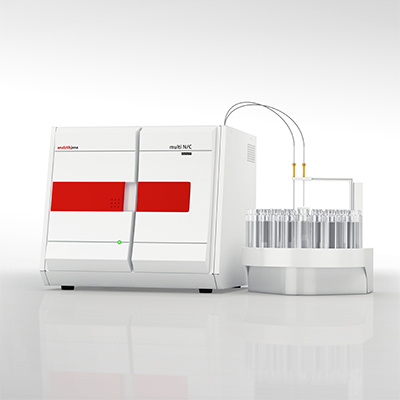
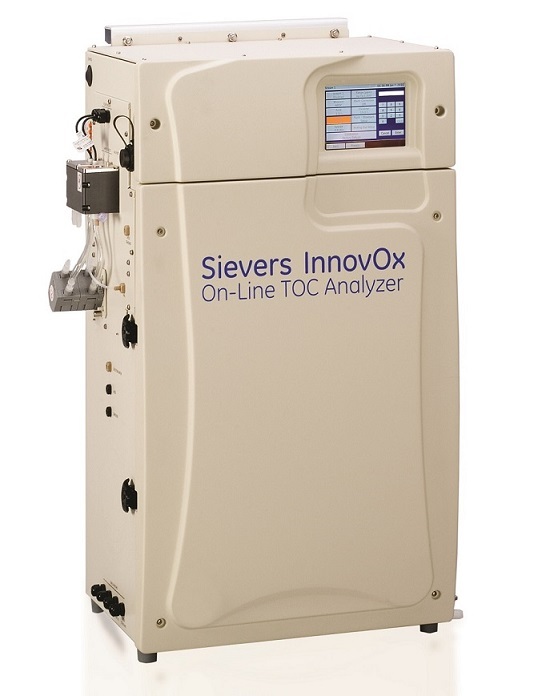
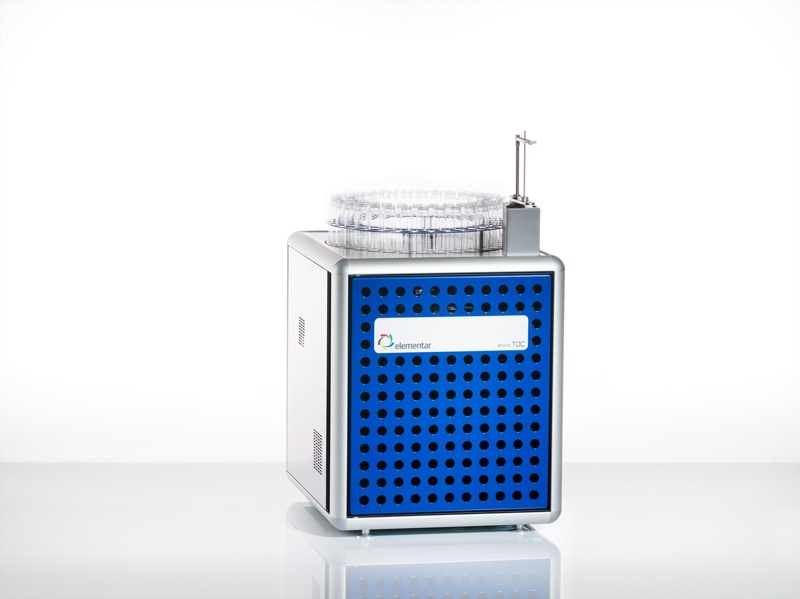
 咨询
咨询
